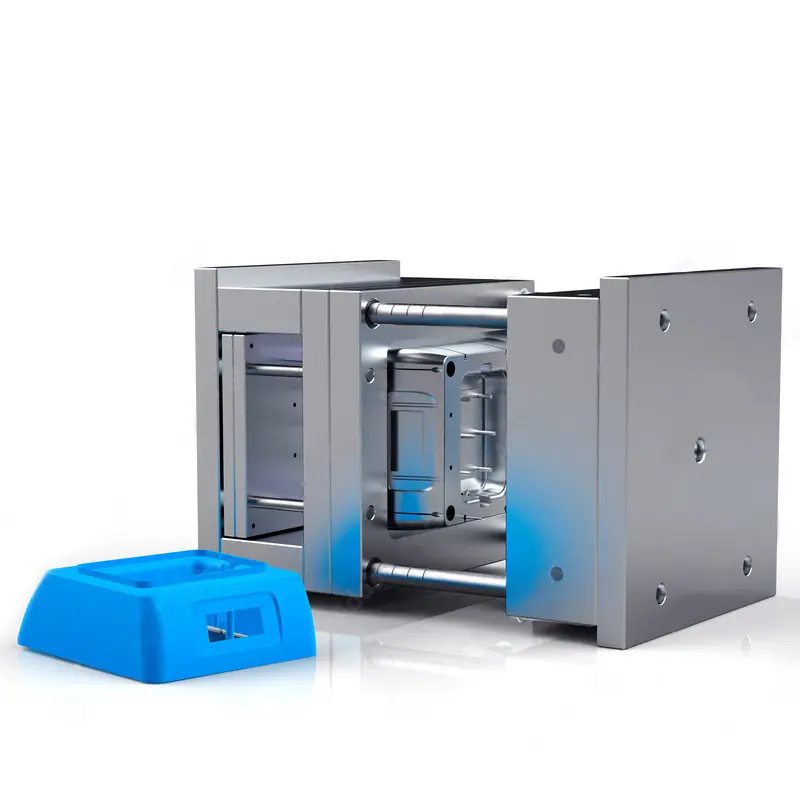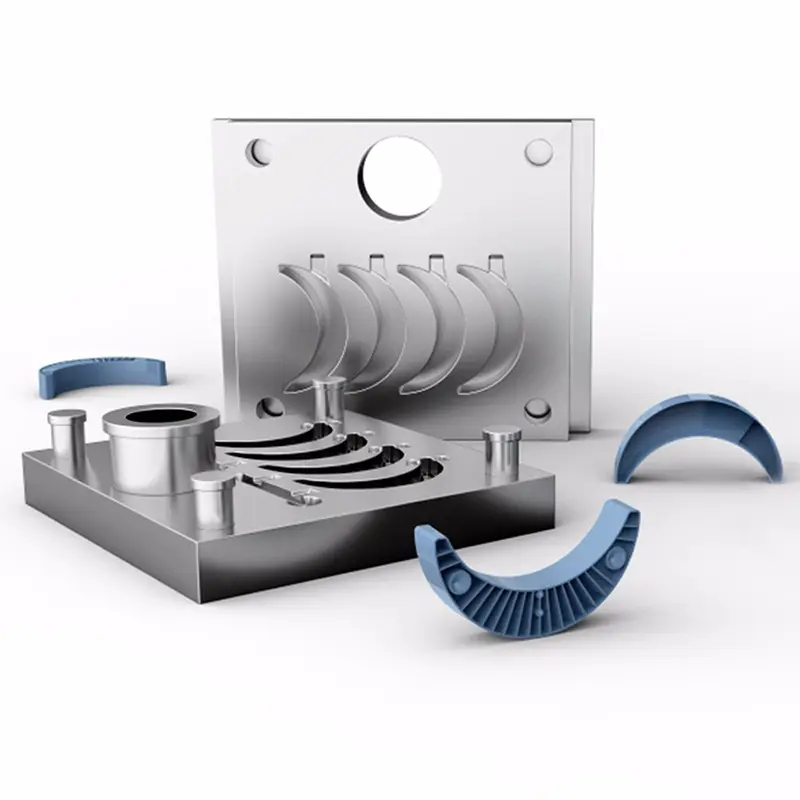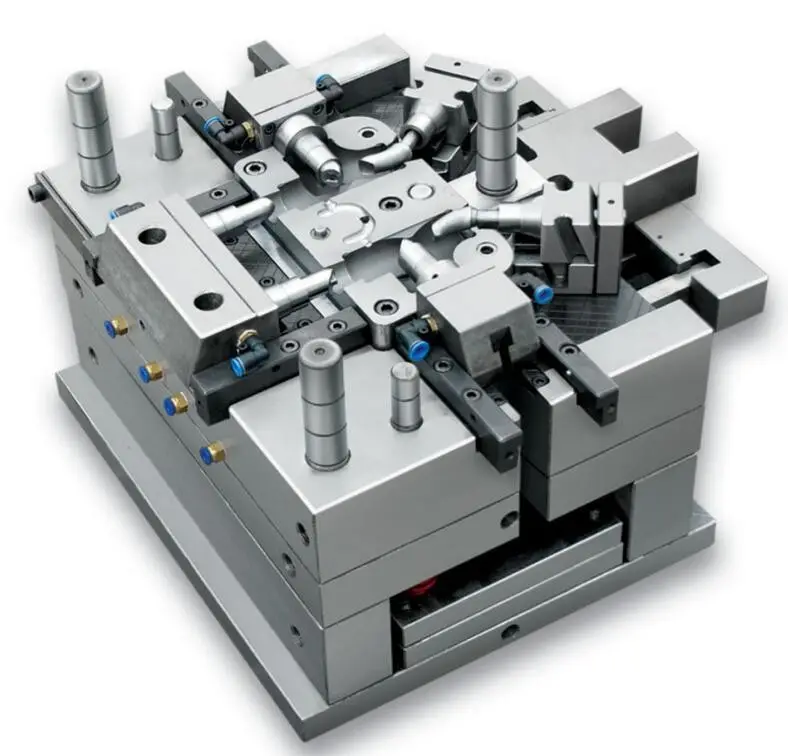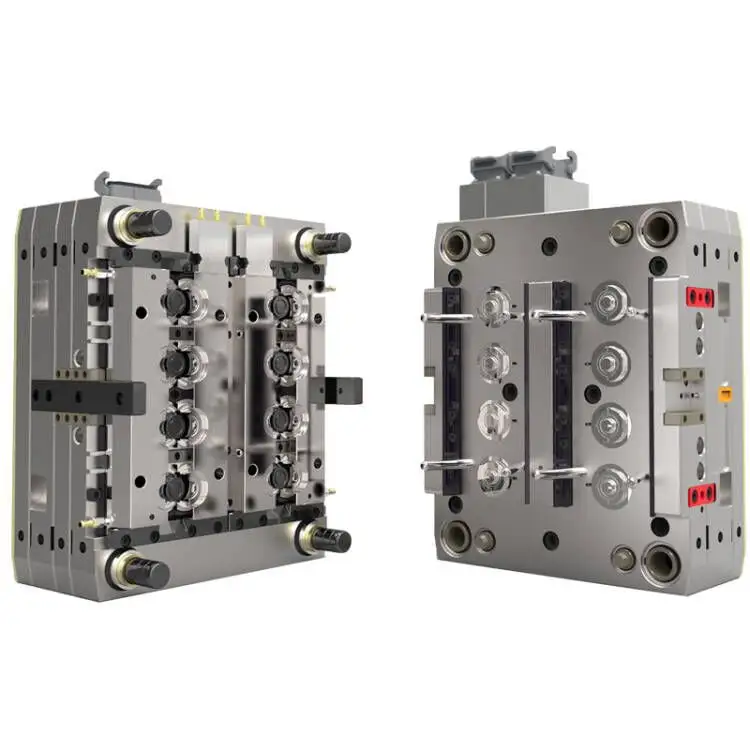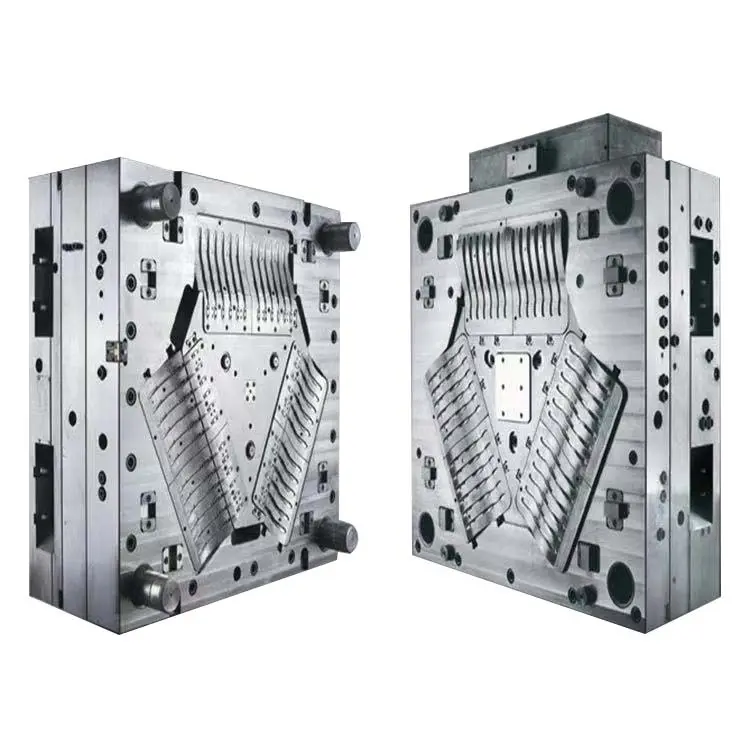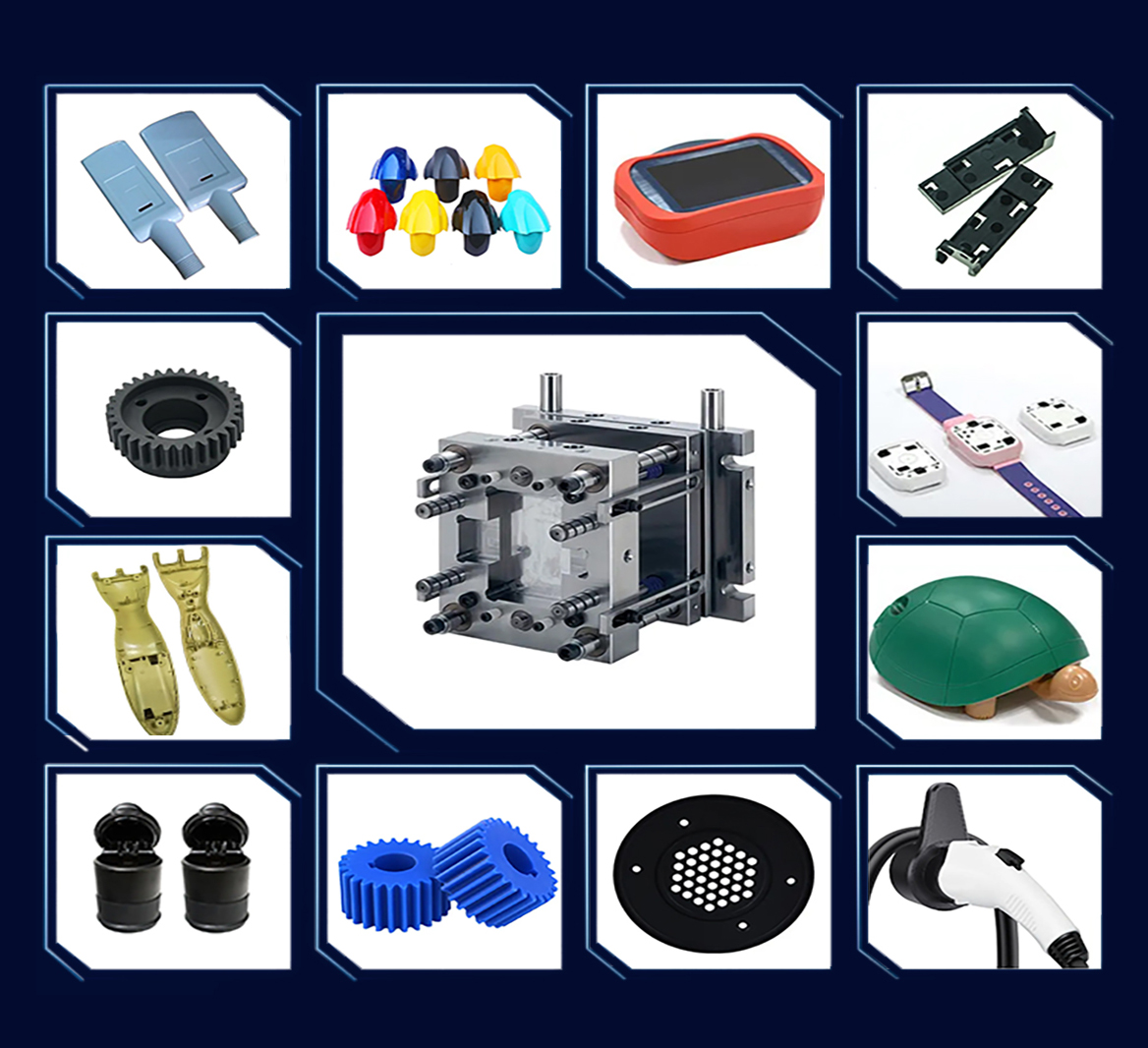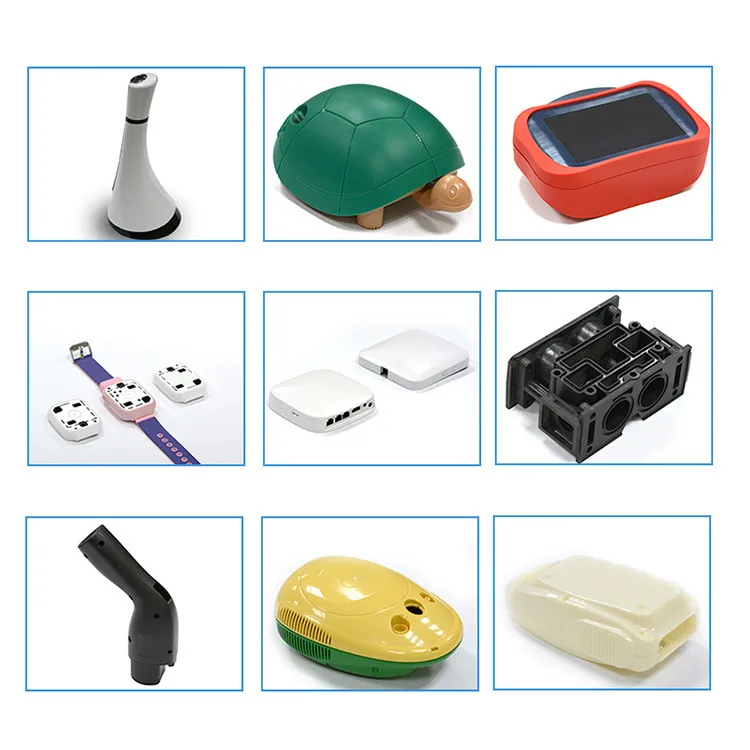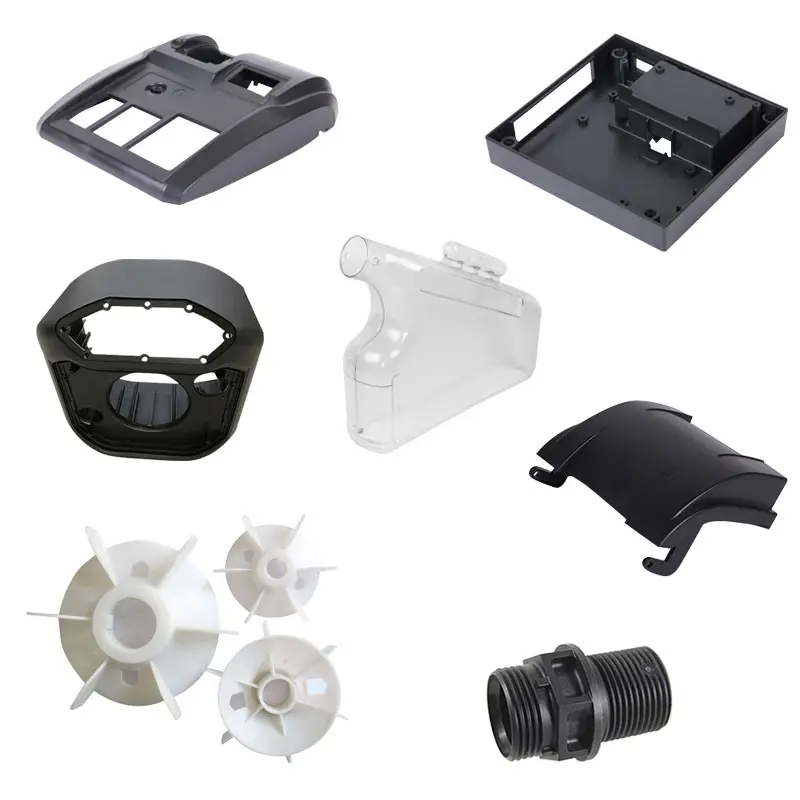Introduction
Plastic injection molding is a highly efficient manufacturing process used to produce a wide variety of plastic parts. Achieving cost efficiency in plastic injection mold operations is crucial for maintaining profitability and competitiveness. This article explores various strategies and best practices to optimize cost efficiency in plastic injection molding operations.
Factors Affecting Cost Efficiency
1. Mold Design and Construction
Optimal Mold Design
An optimal mold design is essential for efficient production. Considerations include the number of cavities, runner design, and cooling system. A well-designed mold minimizes cycle times and reduces material waste, leading to cost savings.
Durable Materials
Using high-quality materials for mold construction can increase the mold’s lifespan and reduce maintenance costs. Durable molds withstand the stresses of repeated use, decreasing the frequency of repairs and replacements.
2. Material Selection
Material Cost
Selecting cost-effective materials without compromising quality is key to cost efficiency. Evaluate material options based on price, performance, and availability. Bulk purchasing can also help reduce material costs.
Recyclability
Incorporating recyclable materials can lower costs by reducing waste and material expenses. Recycled plastics can often be used in non-critical parts, contributing to overall cost efficiency.
3. Production Process Optimization
Cycle Time Reduction
Reducing cycle times increases production efficiency and lowers operational costs. Techniques such as optimizing cooling times, using advanced molding technologies, and improving machine performance can contribute to shorter cycle times.
Process Automation
Implementing automation in the injection molding process can enhance efficiency and reduce labor costs. Automated systems can handle repetitive tasks, maintain consistent quality, and operate continuously, increasing overall productivity.
4. Energy Efficiency
Energy-Efficient Equipment
Investing in energy-efficient machinery can significantly reduce operational costs. Modern injection molding machines with energy-saving features consume less power, leading to lower energy bills.
Regular Maintenance
Regular maintenance of equipment ensures optimal performance and prevents breakdowns that can disrupt production and increase costs. Well-maintained machines operate more efficiently, reducing energy consumption and extending equipment life.
5. Quality Control and Waste Reduction
In-Process Monitoring
Implementing in-process monitoring systems helps detect and address defects early, reducing waste and rework. Quality control measures such as real-time monitoring, automated inspection, and statistical process control ensure consistent product quality.
Minimizing Scrap
Reducing scrap rates directly impacts cost efficiency. Techniques such as optimizing mold design, fine-tuning process parameters, and using high-quality materials help minimize scrap and material waste.
Best Practices for Cost Efficiency
1. Lean Manufacturing Principles
Eliminating Waste
Applying lean manufacturing principles to the injection molding process can identify and eliminate waste, improving overall efficiency. This includes reducing excess inventory, minimizing transportation and handling, and streamlining workflows.
Continuous Improvement
Adopting a culture of continuous improvement ensures ongoing optimization of processes and cost savings. Regularly reviewing and refining production methods, incorporating feedback, and investing in employee training contribute to sustained cost efficiency.
2. Advanced Technologies
Use of Simulation Software
Simulation software can optimize mold design and process parameters before production begins. By predicting potential issues and testing various scenarios, simulation tools help reduce trial-and-error costs and improve production efficiency.
Advanced Molding Techniques
Techniques such as gas-assisted injection molding, co-injection molding, and microcellular foaming can enhance production efficiency and reduce material costs. These advanced methods allow for lightweight parts, reduced cycle times, and improved product quality.
3. Supplier Collaboration
Strategic Partnerships
Collaborating with suppliers can lead to cost savings through bulk purchasing, negotiated discounts, and shared expertise. Establishing strategic partnerships with reliable suppliers ensures a steady supply of high-quality materials at competitive prices.
Supply Chain Optimization
Optimizing the supply chain enhances cost efficiency by reducing lead times, minimizing inventory costs, and ensuring timely delivery of materials. Effective supply chain management ensures a smooth production process and reduces the risk of costly disruptions.
4. Workforce Training and Development
Skilled Workforce
Investing in workforce training and development enhances operational efficiency and reduces errors. A skilled workforce is better equipped to operate machinery, troubleshoot issues, and maintain high-quality standards, contributing to overall cost efficiency.
Cross-Training
Cross-training employees in multiple roles increases flexibility and productivity. By having a versatile workforce, manufacturers can quickly adapt to changes in production demands and minimize downtime.
Case Studies
1. Automotive Industry
In the automotive industry, cost efficiency in injection molding is achieved through the use of high-quality, durable molds and advanced automation. Companies like Toyota implement lean manufacturing principles and continuous improvement programs to minimize waste and optimize production processes.
2. Consumer Electronics
Consumer electronics manufacturers achieve cost efficiency by selecting cost-effective materials and utilizing advanced molding techniques. Companies such as Apple use simulation software to optimize mold designs and reduce cycle times, ensuring efficient production of high-quality parts.
3. Medical Devices
In the medical device industry, maintaining strict quality standards while achieving cost efficiency is crucial. Companies like Johnson & Johnson use in-process monitoring and automated inspection systems to ensure consistent product quality and minimize waste.
Conclusion
Achieving cost efficiency in plastic injection mold operations involves optimizing various aspects of the production process, from mold design and material selection to energy efficiency and quality control. By implementing best practices such as lean manufacturing principles, advanced technologies, and strategic supplier partnerships, manufacturers can enhance operational efficiency, reduce costs, and maintain high-quality standards. Investing in workforce training and development further contributes to sustained cost efficiency, ensuring long-term success in the competitive manufacturing landscape.

